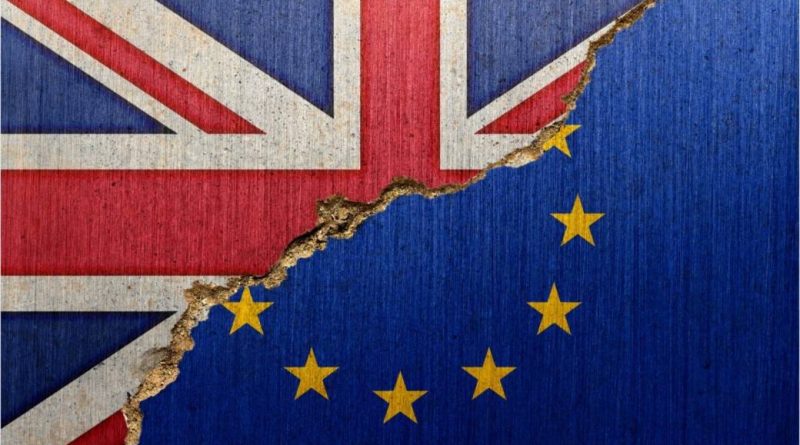Brexit Realized: The United Kingdom Leaves the European Union
Withdrawal Agreement ratification means a new age for British-European economic relations
Key Actors:
- Boris Johnson – Prime Minister of the United Kingdom
- The European Union
The United Kingdom Leaves
At 11 PM on January 31, 2020, the United Kingdom officially left the European Union. Thousands cheered in Parliament Square. In late January, following over 3 years of rejection after rejection of proposed withdrawal agreements, Boris Johnson, Prime Minister of the United Kingdom, finally proposed an agreement that was passed in parliament and subsequently ratified. Soon after, the European Parliament passed and ratified the agreement as well, agreeing on January 31 as “Brexit day”, the day the United Kingdom will leave.
The New Withdrawal Agreement
The withdrawal agreement was largely the same as the ones rejected except for one main difference: the elimination of the backstop. Older withdrawal agreements proposed by former Prime Minister Theresa May were rejected mainly due to the Northern Ireland backstop, which was an attempt to eliminate any borders between Ireland and Northern Ireland. Northern Ireland would have to follow European Union regulations. Fellow Conservative MPs voted against May because they feared that this would split apart the United Kingdom or potentially make the United Kingdom subject to European Union regulations.
Boris Johnson proposed a new variation to the backstop, eliminating the need to follow EU regulations by simply setting up a tax wall between Northern Ireland and the rest of the United Kingdom. When goods are ordered by a Northern Irish firm, they would have to pay European Union import tariffs, and if they did not leave Northern Ireland, they would be refunded; if the goods were to leave Northern Ireland, the tariff payments would not be refunded. This was generally accepted by his Conservative Party. After the Conservative Party victory in the federal election of December 20, 2019, the agreement was passed with minimal Conservatives voting against the party, with royal assent achieved on January 23, 2020.
The Future for the UK
The United Kingdom will enter an 11-month long transition period out of the European Union, when they will still be part of the European Union in all but name while not taking part in the European Parliament. The transition period ends on December 31, 2020, and it is imperative for the United Kingdom to reach a trade agreement with the European Union before that date. If there is no agreement, the United Kingdom will be subject to a large amount of tariffs when trading with the European Union, which potentially makes up half of the United Kingdom’s trade. At the end of the transition period, the United Kingdom will be able to conduct trade deal negotiations with other countries such as the United States, Canada, and Australia.
However, the United Kingdom is still divided as ever. During the 2015 referendum for leaving the EU, Northern Ireland and Scotland voted overwhelmingly to remain in the European Union. Even while Brexit supporters are cheering, those that wished to remain are protesting. Scottish independence has once again resurfaced in light of disjointed public opinion. As the United Kingdom leaves the European Union, it will start a new age for the country, with a plethora of possibilities.

